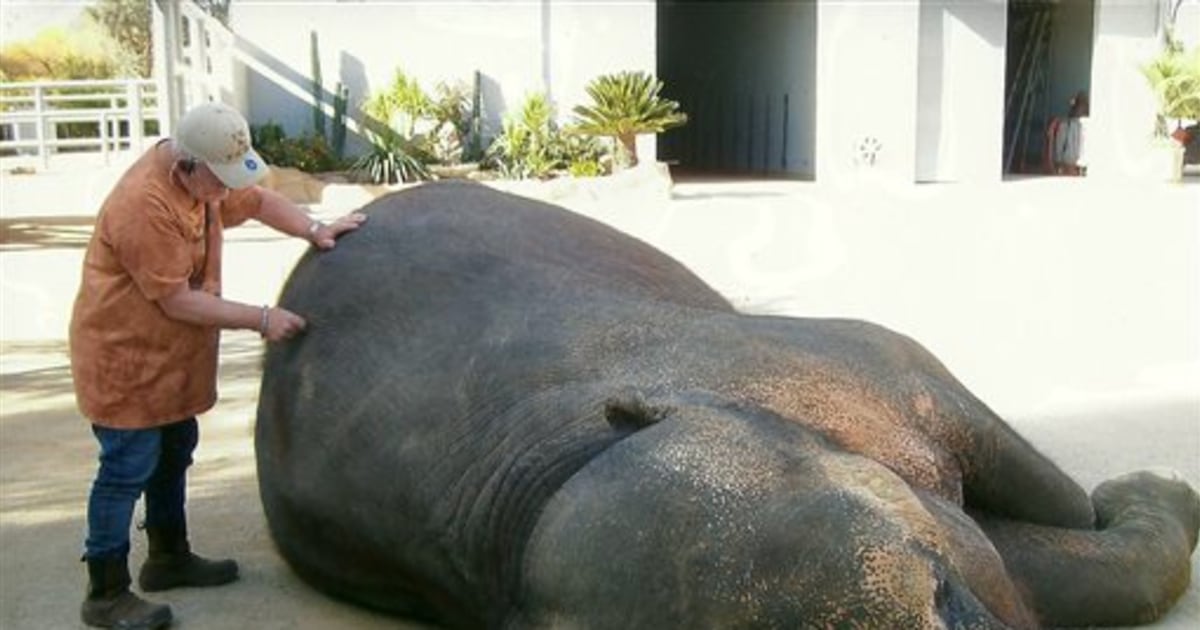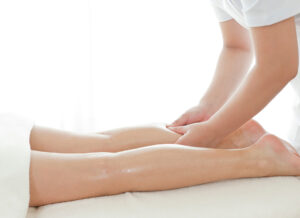Premier Chiropractic is a health profession that believes the body has an inherent ability to get well and stay healthy. This approach differs from the medical model, which focuses on treating symptoms with drugs or surgery.
Chiropractors must have excellent communication skills to discuss their patients’ problems and educate them about their treatment plans. They also use manual techniques to examine the spine and other body parts for misalignments.

More and more scientific research demonstrates that the nervous system must be free of interference from subluxation to function optimally. Doctors of Chiropractic (DCs) are the only health professionals trained to detect and correct vertebral subluxation. They are also trained to assess and treat musculoskeletal problems like back pain, neck pain, headaches, and whiplash.
In addition, chiropractic has been shown to decrease high blood pressure, improve asthma symptoms, and reduce childhood ear infections. Chiropractic has also been shown to enhance the immune system, making it more effective in fighting off disease.
Chiropractic uses hands-on manipulation of the spine and other joints to improve nervous system function. This is done by reducing interference to nerve impulses in the central nervous system (CNS), peripheral nervous system (PNS), and enteric nervous system (ENS).
Unlike medical doctors, who use drugs to control symptoms, chiropractors address the root cause of the health issue. For example, a sprained ankle can often be caused by improper musculoskeletal alignment. Chiropractors are trained to perform spinal manipulations to correct the problem, restoring proper blood flow and nerve conductivity to the affected area, thereby relieving pain and improving overall health. In addition, they are trained to offer nutritional counseling and exercise advice. Many are also certified in acupuncture, an ancient healing art.
Chiropractic helps relieve pain from back injuries, including herniated discs. It can also treat neck and knee problems, as well as migraines and tension headaches. A chiropractor uses hands-on manipulations to realign your joints. Unlike physical therapy, which emphasizes exercise and stretches to help restore range of motion and prevent further injury, chiropractic treatments are more targeted and focused.
Chiropractic focuses on treating spinal misalignments, or subluxations, which interfere with your nerves and can affect other areas of your body. A subluxation causes pain and inflammation, and it may also cause your immune system to respond incorrectly, resulting in various health issues. Chiropractors use different manual techniques, such as spinal manipulation, soft-tissue massage, and joint mobilization, to improve your range of motion and reduce pain.
Your muscles and ligaments may feel sore after a chiropractic session, but this is normal and fades quickly. Drinking plenty of water and keeping moving is important, as staying active will help your joints and spine stay limber and flexible. It will also help your body eliminate waste and remove toxins that could interfere with healing. Your chiropractor will likely recommend specific exercises or stretches to aid your recovery. Generally, chiropractors will perform several sessions to achieve the best results. They will also recommend nutritional counseling and exercise to maintain your spine’s health.
Visiting a chiropractor regularly can help prevent unnecessary pressure on the bones and muscles for those with a sedentary lifestyle. This can lead to pinched nerves and slipped discs that could be very painful. It is also a great idea for those who participate in intense physical activities because of the increased strain on their bodies.
The chiropractic approach to pain management is unique because it does not treat isolated symptoms and instead focuses on the root causes of the discomfort. This helps reduce inflammation and improves the body’s overall function. This is different than drugs or other treatments that only mask the symptoms and may cause adverse side effects.
During a chiropractic adjustment, the professional uses what is known as spinal manipulation. This involves a quick thrust of the arms designed to move specific joints. When this is done, it often creates a cracking sound. This is caused by releasing gases in the joint spaces filled with oxygen, nitrogen, and carbon dioxide.
It is important to note that some people do not experience this type of cracking sound when they receive an adjustment. This is because they tense up before the chiropractor starts the treatment, which can make their muscles tighter. When this happens, the chiropractor may stop the adjustment and let them rest, apply ice, or perform electrical stimulation to calm their muscles.
Women can benefit from chiropractic care in all trimesters of pregnancy. Regular treatments help reduce back pain, turn breech fetuses, and improve breastfeeding. They also stimulate endorphin release, boosting the expectant mother’s mood. Chiropractors are trained to adjust a woman’s spine and pelvis with specialized tables and pillows that support the growing belly for a comfortable treatment.
Hormones during pregnancy loosen the ligaments of the mother’s body, which can cause a shift in the center of gravity and result in spinal and pelvic misalignment. When these subluxations are not corrected, they can prevent normal nervous system function and inhibit the flow of communication between the brain and the rest of the body. Chiropractors use a variety of techniques, including soft tissue massage, mobilization, and spinal manipulation, to address the issues.
Pregnant women can also experience digestive problems such as nausea, constipation, and morning sickness that can be improved with regular adjustments to the neck, shoulders, hips, and lower back. This helps restore proper balance to the mother’s body to improve hormonal regulation, help with digestion, and reduce pain in the digestive tract.
Chiropractors also have a technique called the Webster Technique, which is designed to establish pelvic balance and optimize the room available for the baby. This may decrease labor times, prevent breech or posterior babies, and even prevent the need for a cesarean section.
High blood pressure can lead to several health concerns and even death. It’s important to keep it under control with regular exercise, a healthy diet, and stress management. However, medication can often cause side effects or not work to reduce the problem. Chiropractic treatment is an alternative method that can help lower blood pressure levels. It’s been proven in multiple studies to help improve blood pressure and eliminate the need for medication.
Chiropractors are experts in identifying and correcting spinal misalignments that can affect overall wellness. One specific spinal misalignment, the atlas bone located in the neck, has been shown to impact your blood pressure directly. When this vertebra is misaligned, it can interfere with the proper functioning of the arteries and even increase your blood pressure. Chiropractors can easily detect and adjust the atlas bone to return it to a healthy alignment, which will help improve blood flow and decrease your blood pressure.
A 2007 study of 50 people diagnosed with early-stage high blood pressure proved that a specialized chiropractic adjustment of the atlas bone significantly decreased both systolic and diastolic blood pressure in patients. This was equal to the effects of two blood pressure medications combined! Contact a chiropractor today if you want to learn more about how chiropractic can help improve your overall health. They’ll perform a neurological assessment to discover any misalignments in your body and then administer a gentle, specific chiropractic adjustment to restore the proper communication between the brain and body to enjoy optimal health.
When your spine is misaligned, the nervous system can become disrupted, affecting the signals it sends to the brain. These pathways can include those that control your feeling of fullness and hunger. As a result, you could start eating more because your body is not receiving the proper feedback to stop. If you regularly receive chiropractic adjustments, your spine can be brought back into alignment, restoring these pathways and helping you control your weight loss efforts more effectively.
Another way that chiropractic can help you lose weight is through improved digestion. This is because chiropractic treatments relieve pressure on the nervous system, allowing it to regain effective communication with your digestive tract. This is important because your digestive system greatly influences how well your body absorbs the nutrients you eat.
Aside from helping you with your diet, chiropractors also offer lifestyle guidance and support that can help keep you accountable and motivated on your weight loss journey. This support can be the difference between reaching your goals or falling off the wagon before you even start.
As we all know, losing weight is a complicated process that requires more than just a few regular workouts or a strict diet. However, many individuals have found that adding chiropractic care to their routines can make it easier to adopt healthy eating and exercise habits and stick with them.







